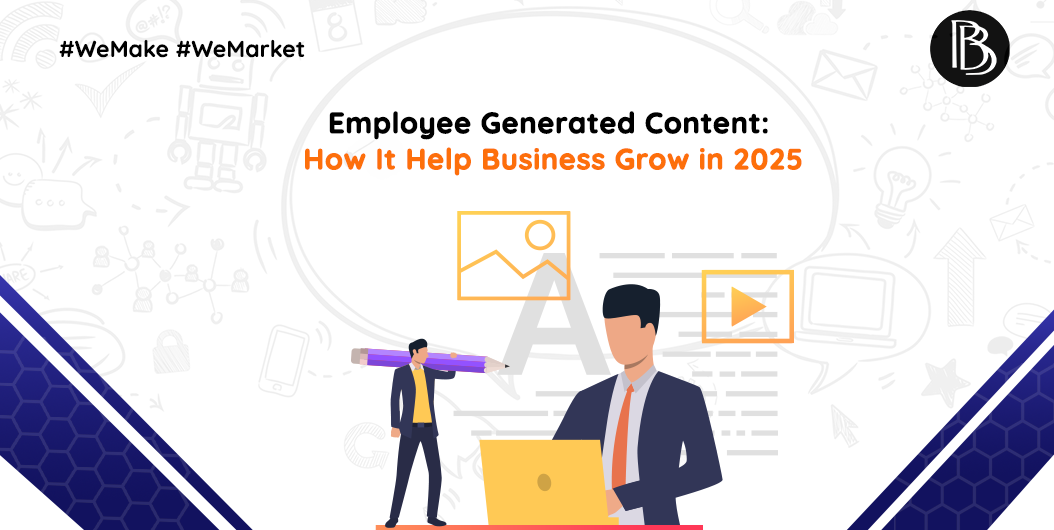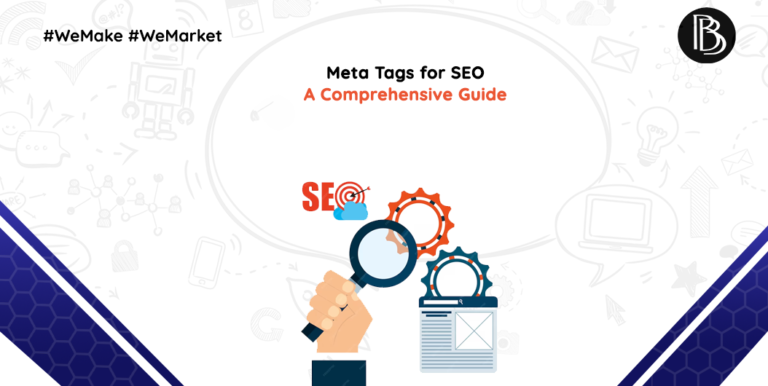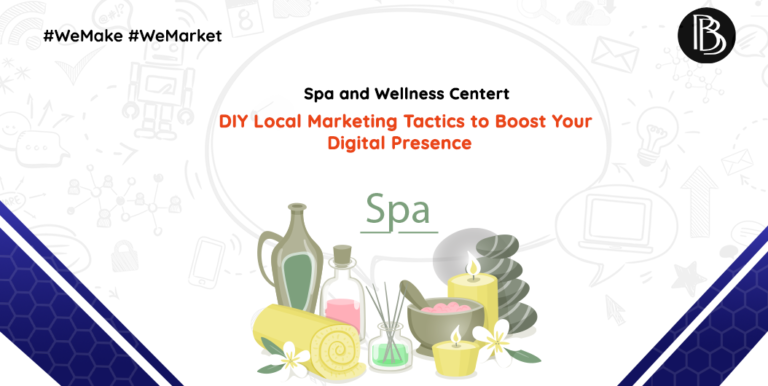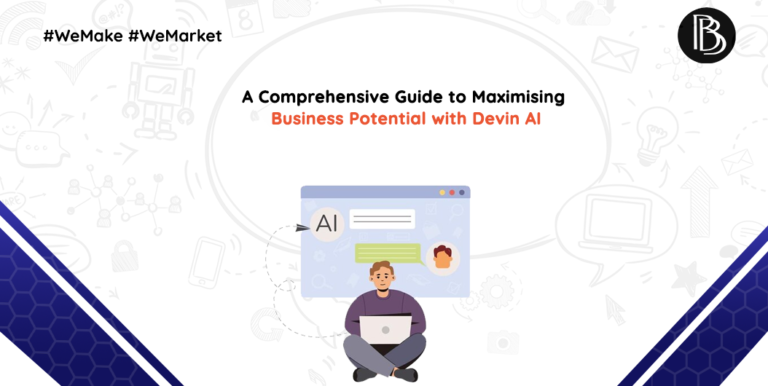Employee Generated Content: How It Help Business Grow in 2025
In the modern world, businesses strive to find new ways to connect with their audiences and earn their trust. One of the most effective yet often overlooked marketing strategies is Employee Generated Content (EGC). When employees produce and share content related to your brand, it adds a layer of authenticity and credibility that traditional marketing methods often lack. This content can take many forms, including blog posts, social media updates, videos, and photos. It’s a genuine reflection of the brand from the perspective of those who work there.
People are drawn to real stories and honest experiences. When employees share their insights and experiences, it makes the brand feel more relatable and trustworthy. In a time when consumers are increasingly skeptical of advertising, EGC stands out. It creates a connection that can lead to greater engagement and loyalty.
As we look toward 2025, understanding the power of Employee Generated Content becomes vital for any business aiming to thrive. The landscape of marketing is evolving, and audiences are demanding more than just polished ads; they seek authenticity. Embracing EGC can provide a fresh voice that resonates with current and potential customers. This shift in strategy not only strengthens brand image but also fosters a sense of community among employees, making them feel valued and more invested in the brand’s success.
Let’s explore how Employee Generated Content works and examine its significance in today’s highly competitive marketplace.
What is Employee Generated Content Marketing?
Employee Generated Content Marketing, or EGC, refers to the valuable material produced by your employees that actively promotes your brand and its offerings. This type of content can take many forms and serves to highlight the unique aspects of your workplace, culture, and products.This can include:
- Social media posts about workplace culture: Employees might share social media posts that showcase the vibrant workplace culture. These posts can include photos of team events, celebrations, or daily office life, providing an authentic glimpse into what it’s like to be part of the team.
- Blog articles or LinkedIn posts: Employees can contribute by writing blog articles or LinkedIn posts that share their insights about the industry. These posts can establish the company as a thought leader and demonstrate the expertise within your team.
- Behind-the-scenes: Employees can also create behind-the-scenes videos or office vlogs, offering an informal look at the everyday operations of the company. These videos can foster a sense of connection and transparency with your audience.
- Testimonials: Testimonials from employees about their experiences at the company play a crucial role in EGC. When team members share their stories, it personalizes the brand and helps build trust with potential customers and job seekers.
- Thought leadership content on corporate channels: This trust is further enhanced through thought leadership content shared on corporate channels, where employees discuss trends and challenges in the industry.
Unlike User Generated Content (UGC), which typically comes from customers sharing their experiences, EGC taps into the voices of the employees within the organization. By showcasing the perspectives of your internal team, EGC humanizes your brand. It allows audiences to see the real people behind the products and services, making the brand more relatable and trustworthy. This deeper connection can be a significant factor in consumer decision-making and brand loyalty.
Why Employee Generated Content Matters in 2025
The digital marketing space is evolving rapidly, and authenticity is the currency of trust. Here’s why EGC will be a game-changer in 2025:
- Higher Engagement: When employees share their insights and experiences, audiences connect on a personal level. This organic content invites more interactions compared to traditional corporate posts. People are more likely to comment, share, and discuss posts that feel genuine and relatable. This higher engagement can drive greater visibility for a brand and foster a true sense of community among customers.
- Stronger Employer Branding: EGC offers a unique opportunity to show off a company’s culture and values. When employees talk about their experiences, they provide a window into what it’s like to work for the organization. This transparency attracts top talent. Candidates want to know about the work environment before accepting a job. EGC gives them authentic insights that help them make informed choices.
- Boosts Organic Reach: EGC boosts a brand’s organic reach. When employees share posts or contribute content about the company, they widen its audience. Each employee has their own network. When they share company-related content, it reaches people who might not have encountered the brand otherwise. This creates a ripple effect that enhances visibility for the business.
- Improves Customer Trust: EGC builds customer trust. Many people prefer recommendations from individuals over corporate advertisements. They find messages from real employees more trustworthy. When customers see and hear genuine stories from those who actually work at a company, it strengthens their connection to the brand. Trust is essential for lasting customer relationships, and EGC fosters that connection.
Employee Generated Content Marketing Strategy
1. Encourage a Content-Friendly Culture
Create an environment that makes it easy and enjoyable for employees to generate and share content. This involves fostering creativity and collaboration among team members. Allow employees to express their unique ideas and perspectives. It’s important to acknowledge and celebrate those who actively contribute. Offering recognition can motivate others to engage in content creation as well.
2. Leverage Social Media & Internal Platforms
Encourage employees to share their insights and stories on social media platforms such as LinkedIn, Instagram, or Twitter. Social media is a valuable tool for reaching wider audiences and enhancing brand visibility.
3. Use Employee Advocacy Tools
Platforms like Bambu, GaggleAMP, and Sprinklr allow companies to monitor, manage, and measure the effectiveness of content shared by employees. These tools can streamline the process of sharing posts and ensure that employees are informed about the best practices for content distribution.
Employee Generated Content Marketing Examples
Employee-generated content (EGC) marketing is a powerful tool that many brands have embraced to enhance engagement and build trust with their audiences. Several companies stand out for their innovative approaches in this area, using EGC to showcase their workplace culture and values. Here are a few real-world examples:
- Microsoft: Microsoft encourages its employees to share their workplace experiences and innovative ideas on social media. They use the hashtag #MicrosoftLife to create a sense of community among employees and to give the public a glimpse into life at Microsoft. This initiative not only highlights the diverse experiences of employees but also promotes a positive image of the brand.
- Starbucks: Starbucks takes a similar approach, referring to their employees as “partners.” They empower their partners to create authentic social media content that reflects their passion for coffee and their work environment. By sharing stories and images from their everyday lives at Starbucks, employees help convey the company’s values and commitment to quality, ultimately enhancing the brand’s credibility.
These examples prove that empowering employees to create content fosters community, attracts top talent, and strengthens brand credibility.
How to Motivate Employees to Contribute to EGC
Incentives and Recognition
Motivating employees to engage in employee-generated content (EGC) is essential for building a vibrant workplace culture. One effective way to encourage participation is through incentives and recognition. This can involve offering various rewards such as bonuses, gift cards, or even simple shoutouts in team meetings or company newsletters. Recognizing employees who actively contribute not only boosts their morale but also inspires others to get involved.
Gamification
Another excellent approach is gamification. By creating contests or leaderboards, employees can see how their efforts compare to their peers. This friendly competition can make the process of content creation enjoyable and engaging. It fosters a sense of community as employees rally around shared goals and celebrate each other’s successes.
Training and Workshops
Training and workshops play a crucial role in motivating employees as well. Providing sessions focused on content creation, social media best practices, and personal branding equips employees with the skills they need to express their ideas effectively. When employees feel confident in their abilities, they are more likely to contribute. These educational opportunities also show that the organization values their growth and encourages them to shine.
SEO & Content Marketing Benefits of EGC
Improved Website Traffic
Employee-generated content (EGC) offers valuable benefits for SEO and content marketing that can significantly enhance a company’s online presence. One of the primary advantages is improved website traffic. When employees create blogs or share posts on platforms like LinkedIn, they can attract more visitors to the company’s website. These posts often reflect fresh ideas and perspectives, which resonate with readers. As a result, they can lead to increased organic traffic over time.
Expanded Social Reach
Another vital benefit is expanded social reach. When employees take the initiative to share their insights and experiences, they tap into their own networks. This action boosts the visibility of the content and helps it reach a wider audience. Each share has the potential to expose the company’s message to new groups of people who may not have encountered the brand otherwise. Greater visibility can translate into more followers, leads, and potential customers.
Higher Search Engine Rankings
Higher search engine rankings are also a significant outcome of employee-generated content. Search engines favor new and original content. When employees contribute unique pieces, it can positively impact SEO. Fresh insights can help improve a website’s authority and relevance, making it more likely to rank higher in search results. Higher rankings lead to more visibility, and as a result, more traffic.
Employee Generated Content vs User Generated Content
Key Differences
Both EGC and UGC have their strengths, but they serve different purposes:
| Feature | Employee Generated Content (EGC) | User Generated Content (UGC) |
| Created by | Employees | Customers |
| Purpose | Showcases company culture, expertise, and internal brand stories | Highlights customer experiences, reviews, and product endorsements |
| Best for | Employer branding, industry authority, and recruitment | Social proof, brand advocacy, and community building |
For a well-rounded marketing approach, a mix of both EGC and UGC can create a powerful brand narrative.
Ready to Leverage EGC for Business Growth?
Employee Generated Content is no longer optional—it’s a must-have marketing strategy for 2025. If you’re ready to harness the power of EGC but don’t know where to start, we’ve got you covered.
At Bit Binders, we specialize in tailored content strategies that drive engagement, trust, and conversions. Whether you need help with Employee Generated Content, social media marketing, or full-scale digital transformation, our experts are here to help!
Contact us today to discover how EGC can elevate your brand and grow your business online in 2025. Let’s create something amazing together!







